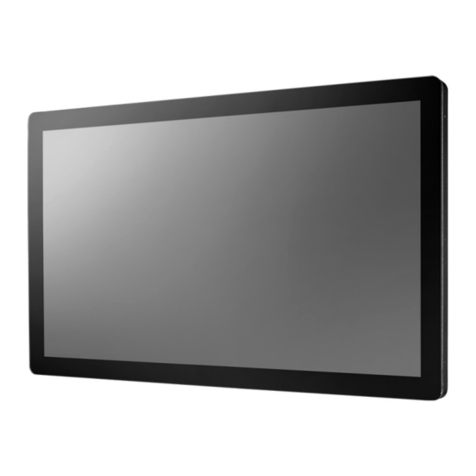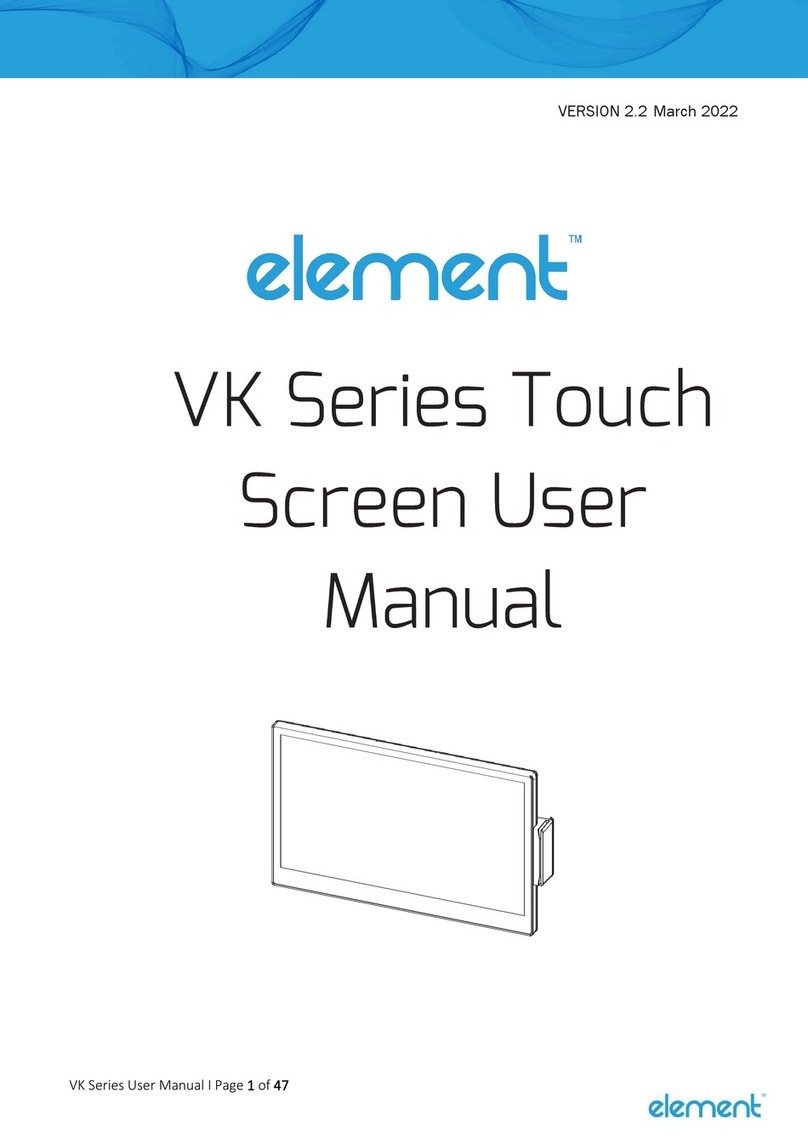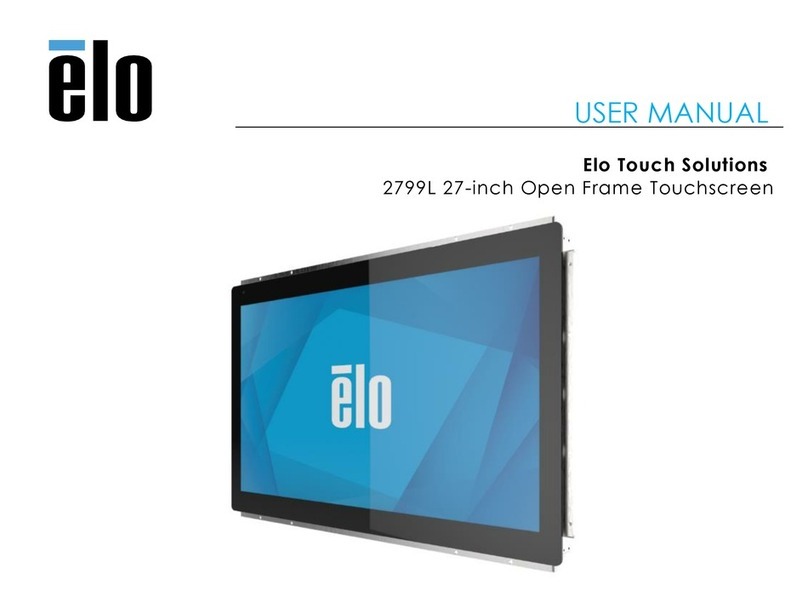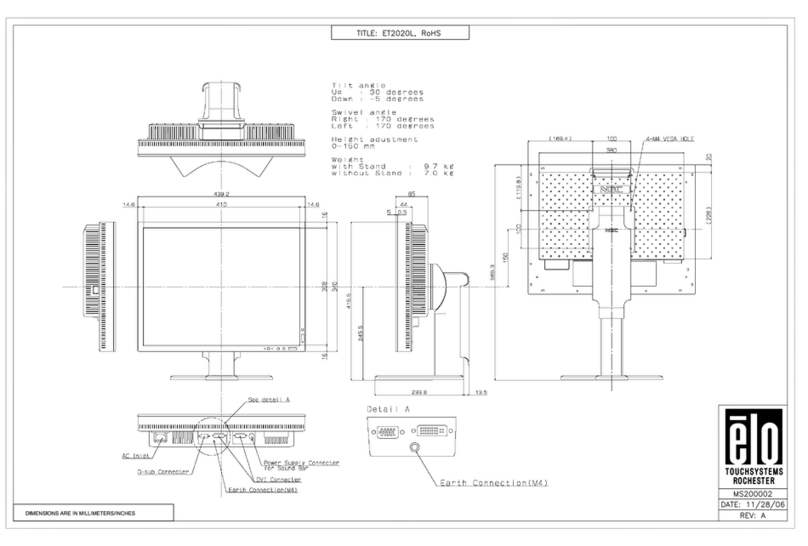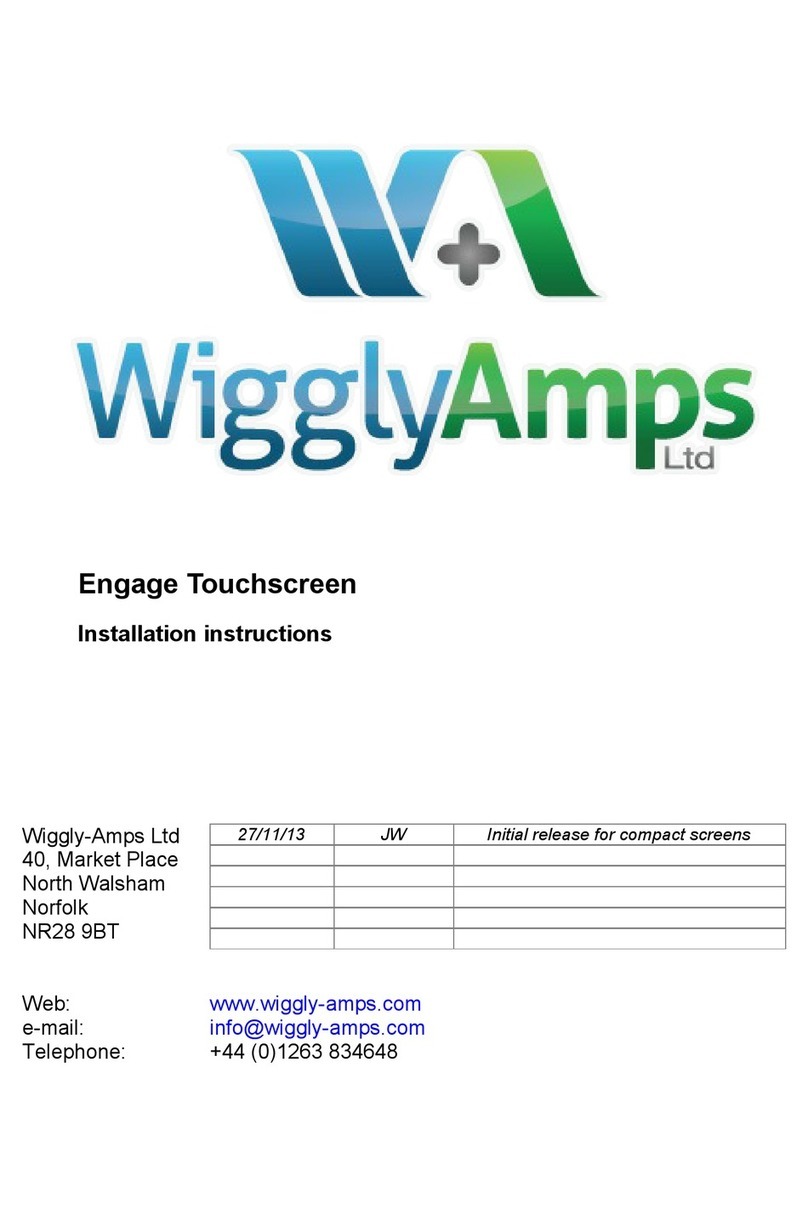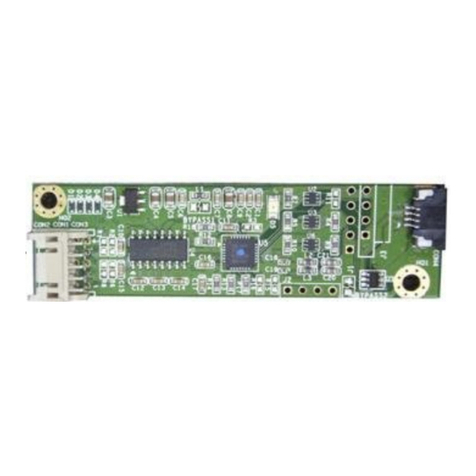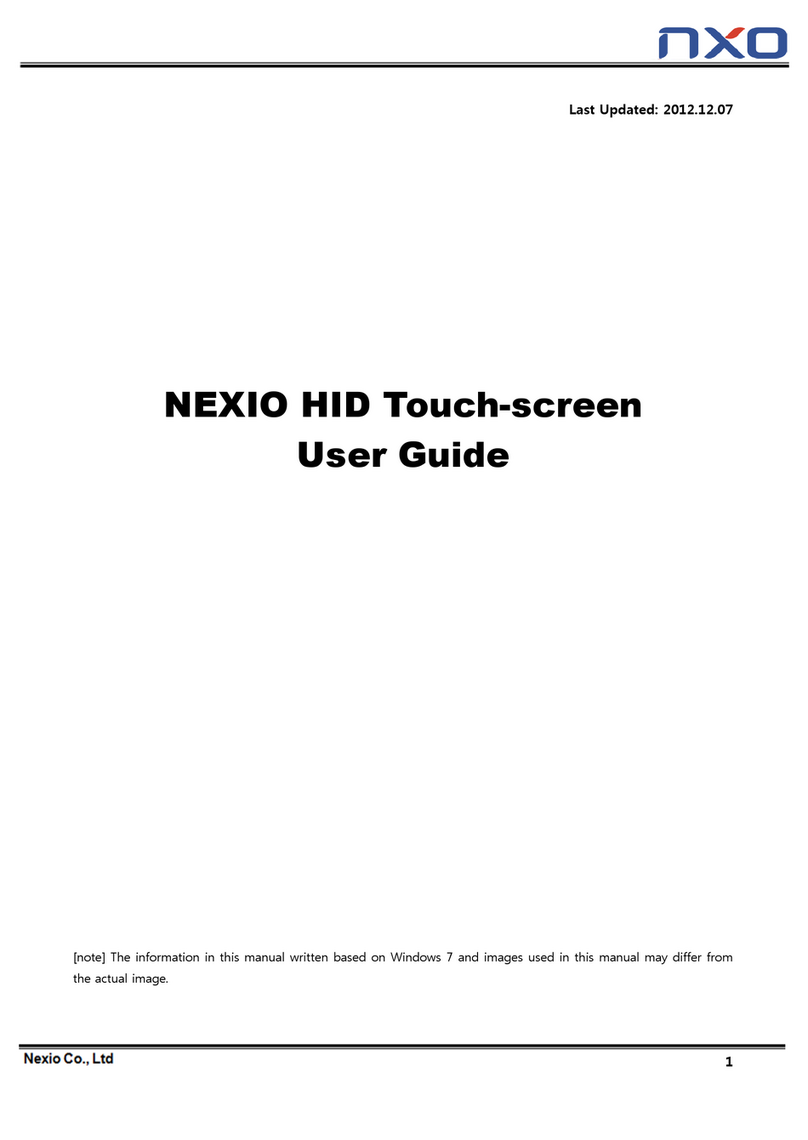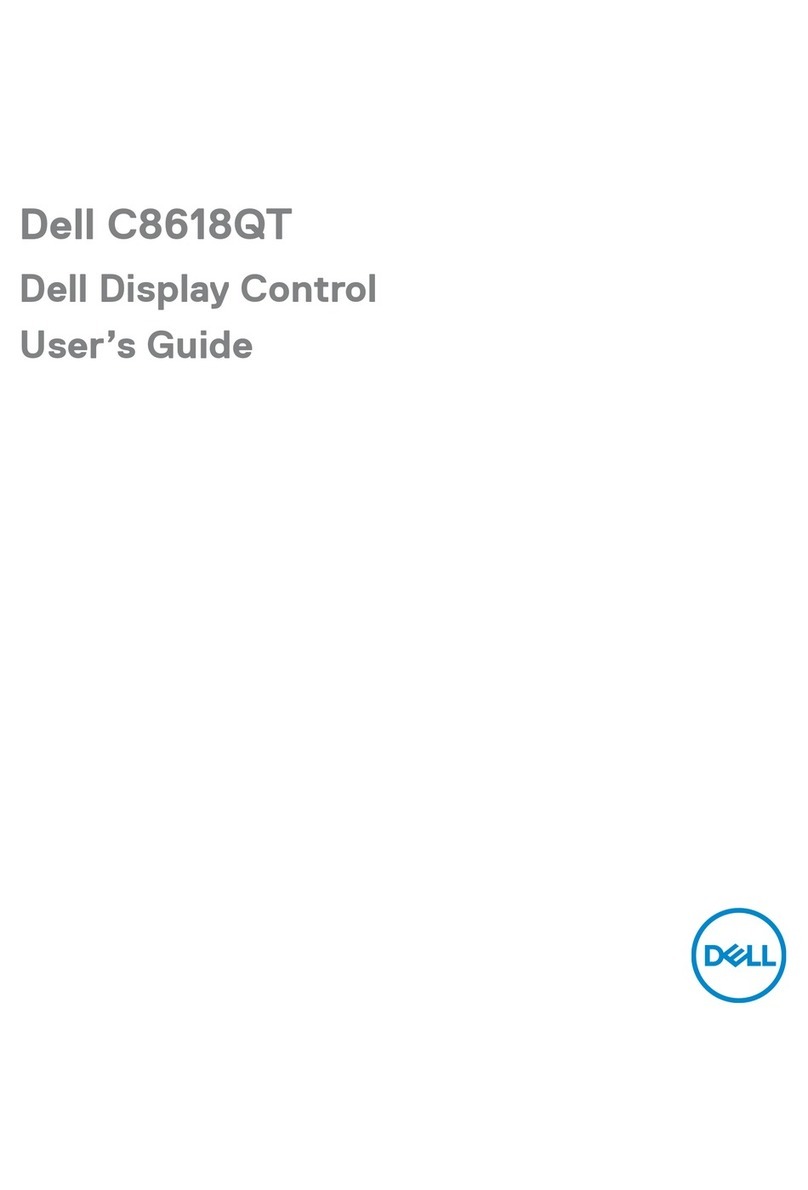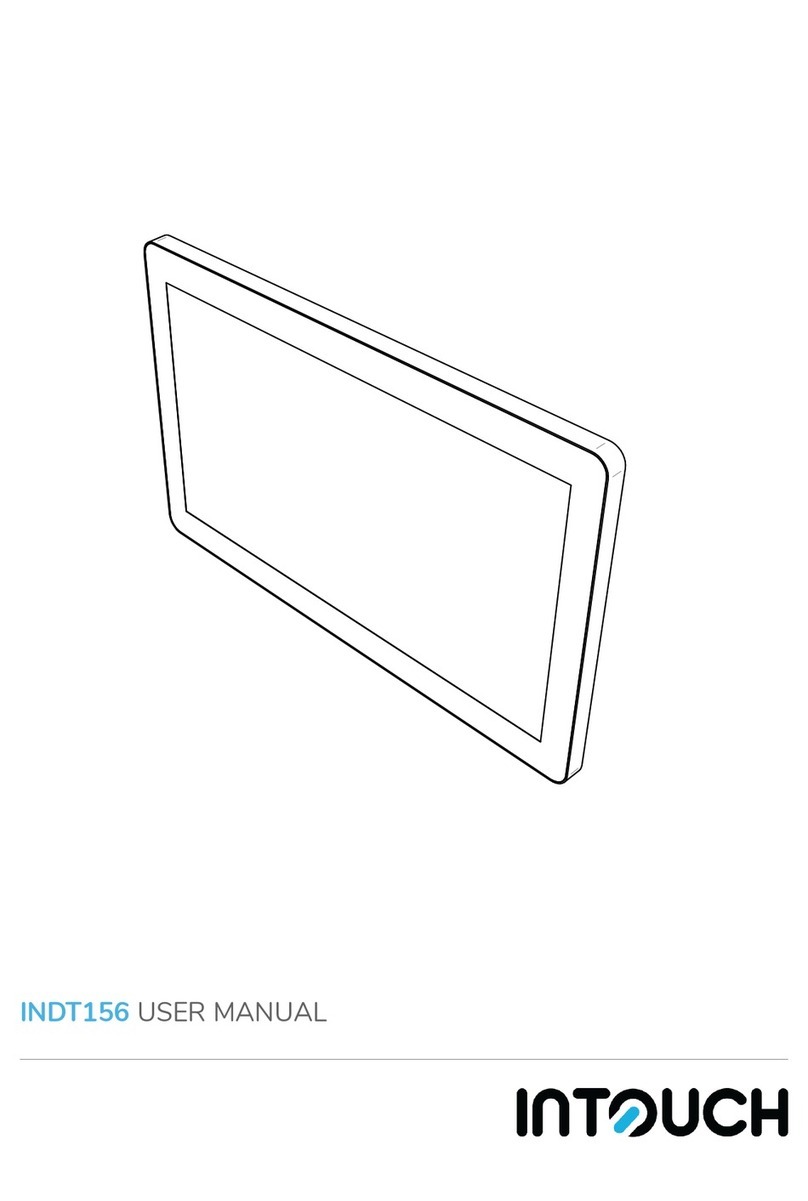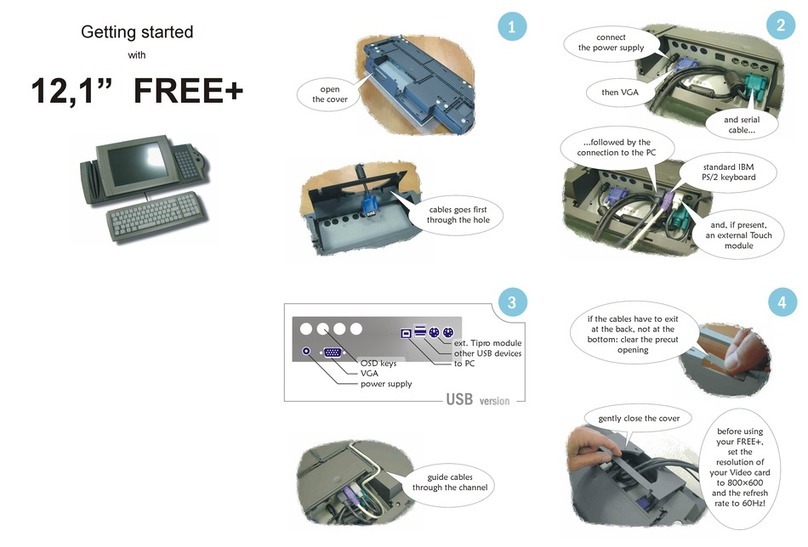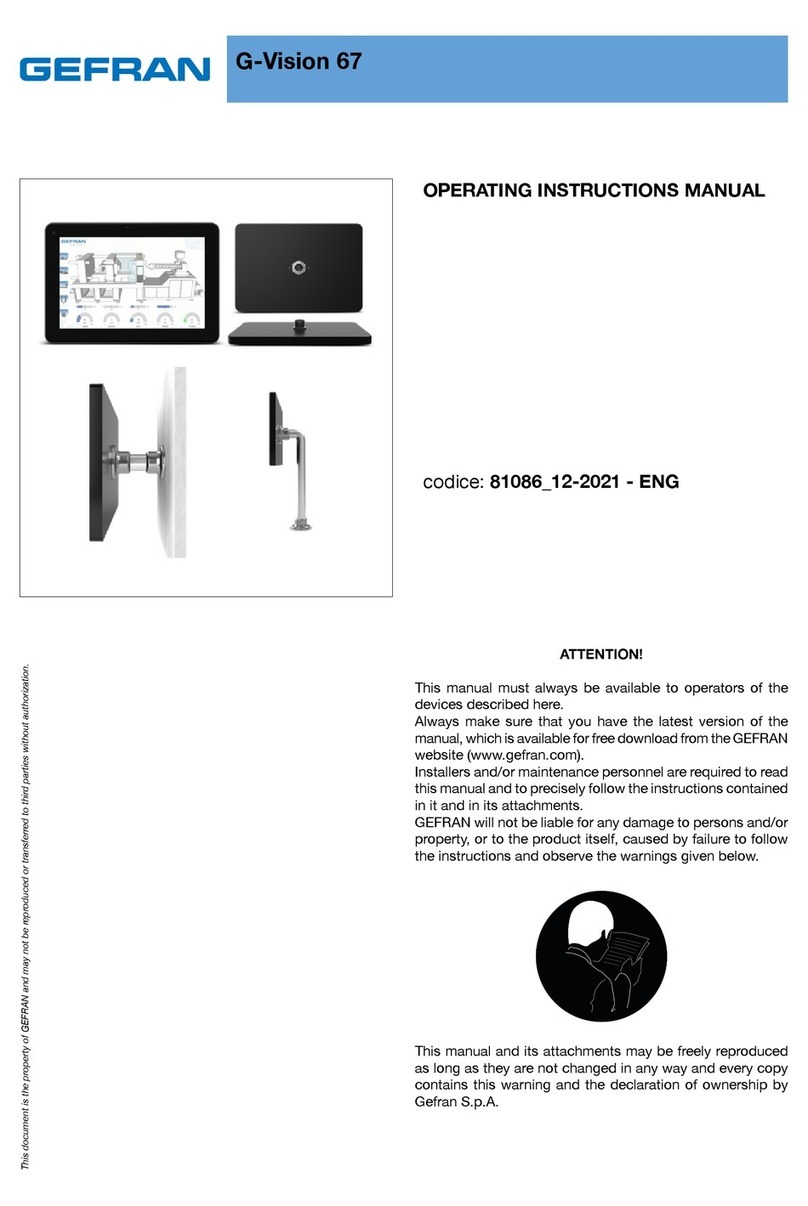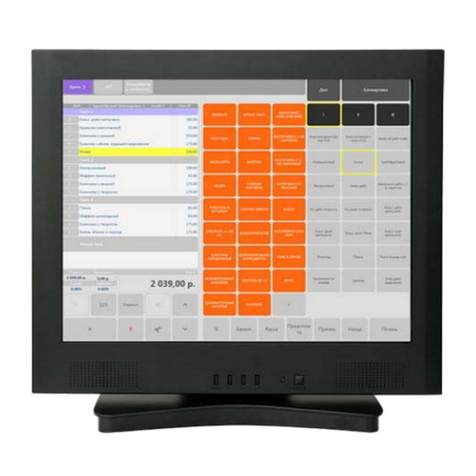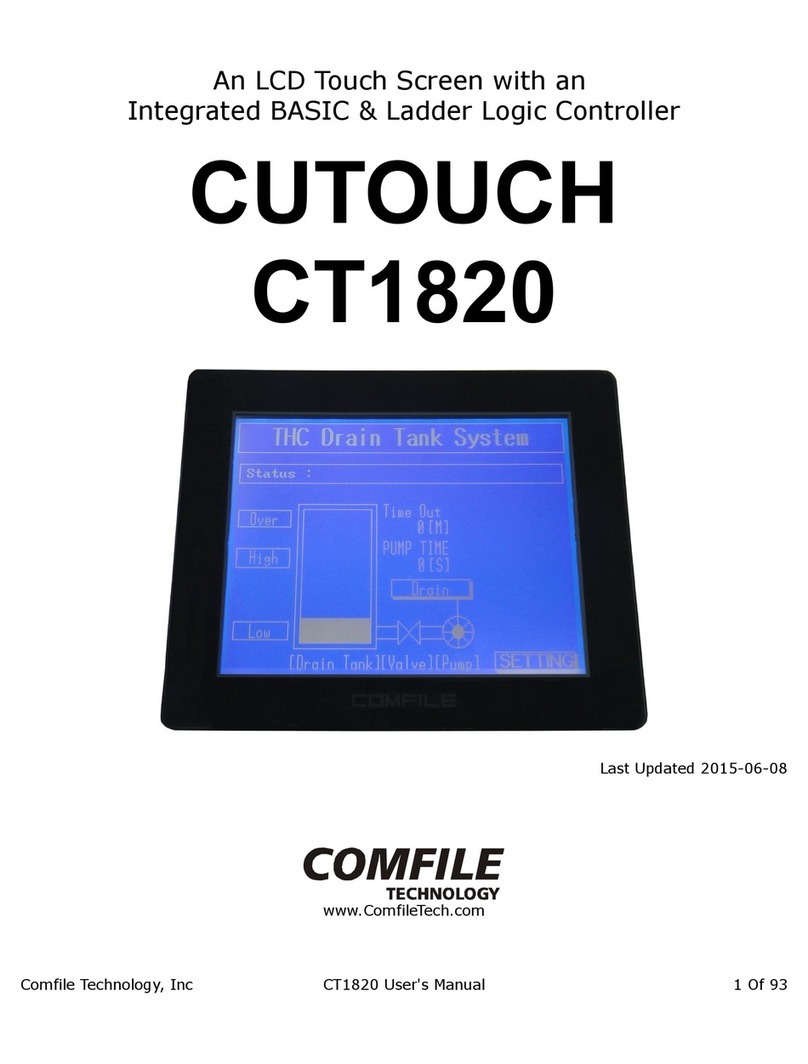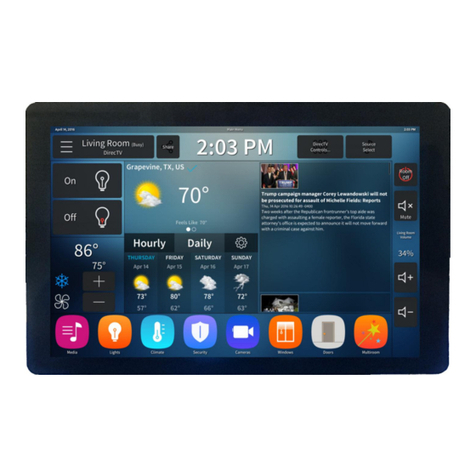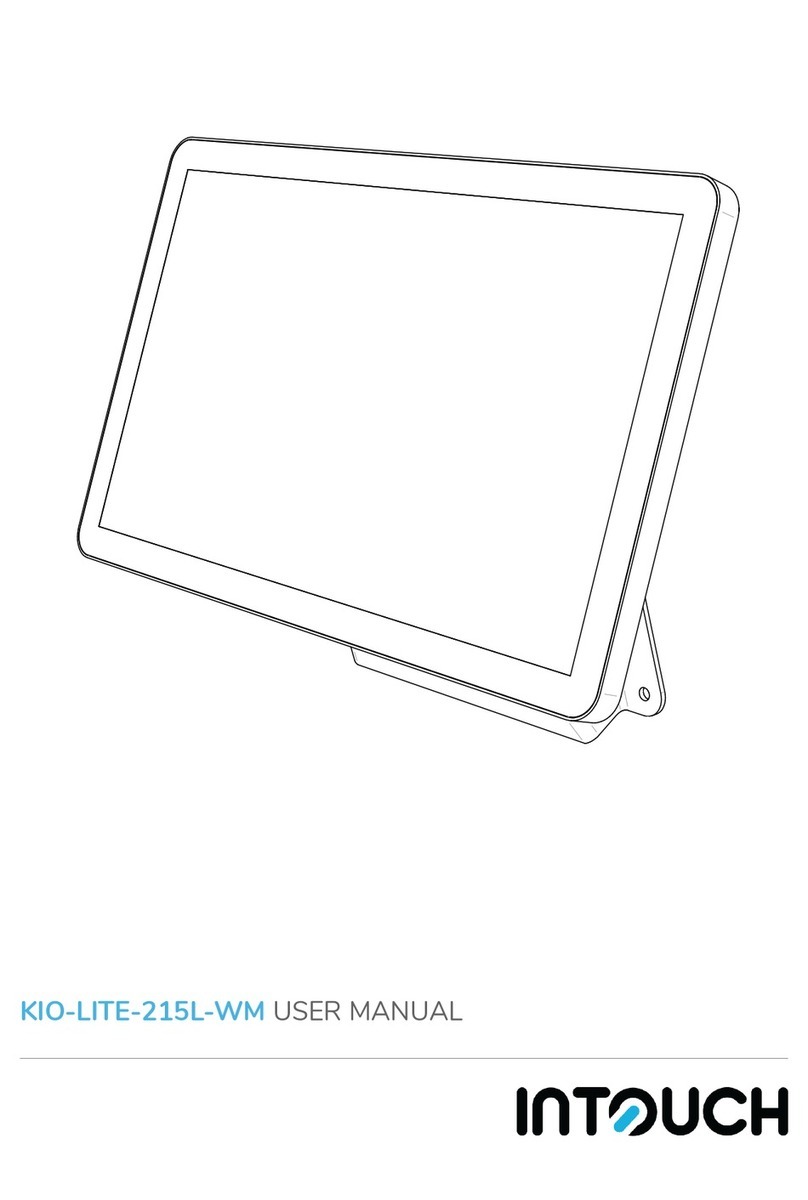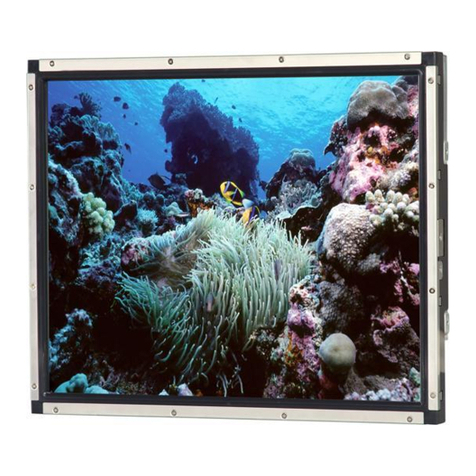Table of Contents
iv
Preface i
Disclaimer i
Trademarksi
Copyright i
Revision Table.............................................................................................................................................ii
Chapter 1.
Introduction .........................................................................................................................1
1.1.
About this Manual ................................................................................................................. 1
1.2.
PenMount 9000 Control Boards............................................................................................ 1
1.3.
Drivers & Utilities................................................................................................................... 1
1.4.
After Sales Service................................................................................................................ 1
Chapter 2.
Install PenMount 9000 Control Boards.............................................................................2
2.1.
Installation Requirements...................................................................................................... 2
2.1.1.
Computer............................................................................................................................... 2
2.1.2.
Touch screen......................................................................................................................... 2
2.1.3.
Control Board ........................................................................................................................ 2
2.2.
Installation Diagrams............................................................................................................. 3
2.2.1.
The Connection of 9026BH Control Board (RS-232)............................................................ 3
2.2.2.
The Connection of 9036CH Control Board (RS-232)............................................................ 4
2.3.
RS-232 Serial Boards (9000 Series)..................................................................................... 5
2.3.1.
PenMount 9036CH................................................................................................................ 5
2.3.2.
PenMount 9026BH................................................................................................................ 6
Chapter 3.
Install Drivers for 9000 Boards ..........................................................................................8
3.1.
Install PenMount DOS Driver................................................................................................ 8
3.1.1.
Install PenMount DOS Driver ................................................................................................ 8
3.1.2.
PenMount DOS Driver Functions.......................................................................................... 9
3.2.
Install PenMount Windows 3.1 Driver ................................................................................. 13
3.2.1.
Install PenMount Windows 3.1 Driver ................................................................................. 13
3.2.2.
PenMount Windows 3.1 Driver Functions........................................................................... 14
3.2.2.1.
PenMount Control Panel..................................................................................................... 14
3.2.3.
Uninstall Windows 3.1 Driver .............................................................................................. 15
3.3.
Install PenMount Windows 95 Driver .................................................................................. 15
3.3.1.
Install PenMount Windows 95 Driver .................................................................................. 15
3.3.2.
Configure PenMount Windows 95 Driver............................................................................ 17
3.3.3.
PenMount Windows 95 Driver Functions............................................................................ 17
3.3.3.1.
PenMount Control Panel..................................................................................................... 17
3.3.3.2.
PenMount Monitor Menu Icon............................................................................................. 21
3.3.3.3.
PenMount Rotating Functions............................................................................................. 21
3.3.4.
Uninstall PenMount Windows 95 Driver.............................................................................. 22
3.4.
Install PenMount Windows 98/ME Driver............................................................................ 23
3.4.1.
Install PenMount Windows 98/ME Driver............................................................................ 23
3.4.2.
Configure PenMount Windows 98/ME Driver ..................................................................... 24
3.4.2.1.
PenMount Control Panel..................................................................................................... 24
3.4.2.2.
PenMount Monitor Menu Icon............................................................................................. 27
3.4.2.3.
PenMount Rotating Functions............................................................................................. 27
3.4.3.
Uninstall PenMount Windows 98/ME Driver ....................................................................... 28
3.5.
Install PenMount Windows NT Driver ................................................................................. 29
3.5.1.
Install PenMount Windows NT Driver ................................................................................. 29
3.5.2.
Configure PenMount Windows NT Driver ........................................................................... 32
3.5.2.1.
PenMount Control Panel..................................................................................................... 32
3.5.2.2.
PenMount Monitor Menu Icon............................................................................................. 34
3.5.2.3.
PenMount Rotating Functions............................................................................................. 35
3.5.3.
Uninstall PenMount Windows NT Driver ............................................................................. 35
3.6.
Install PenMount Windows Universal Driver (for 2000/XP/XPT/ 2003/VISTA/7/ 2008/8)... 36
3.6.1.
Install PenMount Mouse Driver in Windows 2000/XP/XPT/2003/VISTA/7/ 2008/8 ............ 37
3.6.2.
Install PenMount Digitizer Driver in Windows XPT/VISTA/7/ WES7/2008/ 8...................... 38
